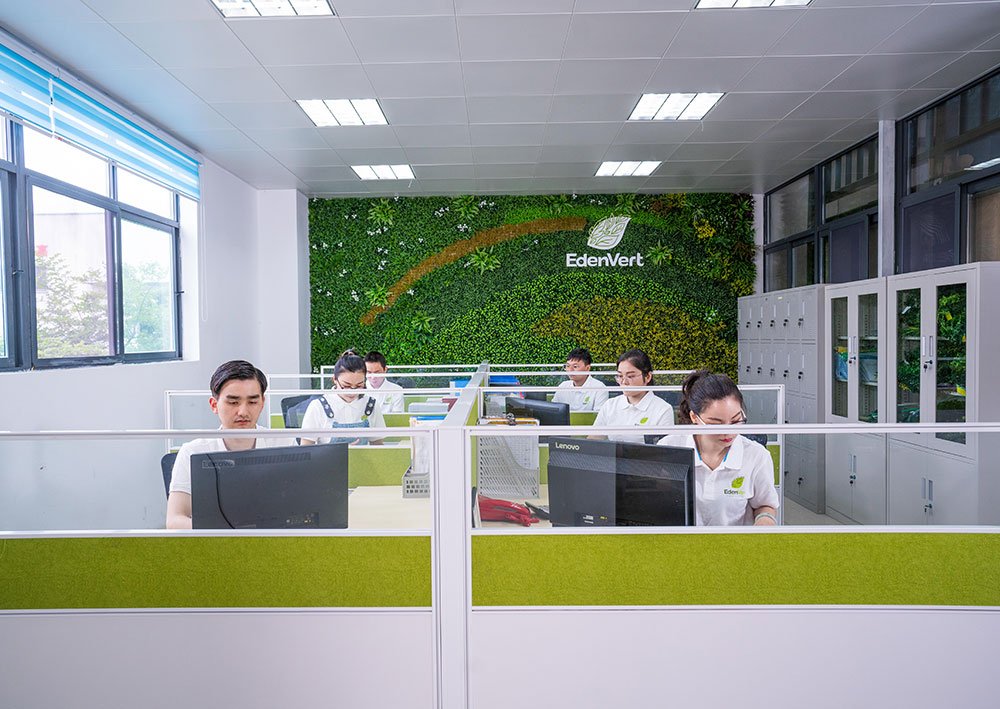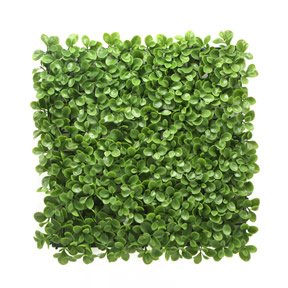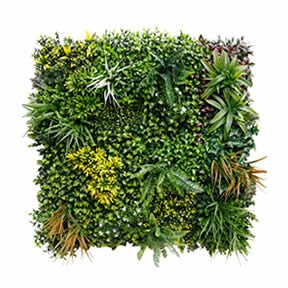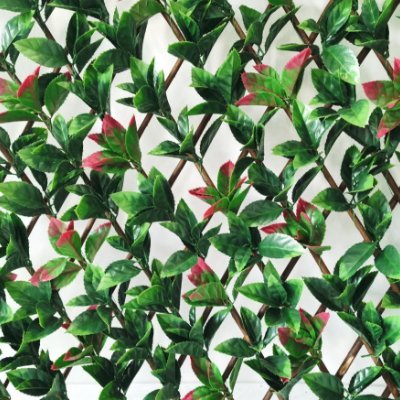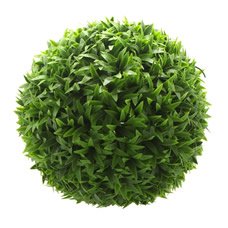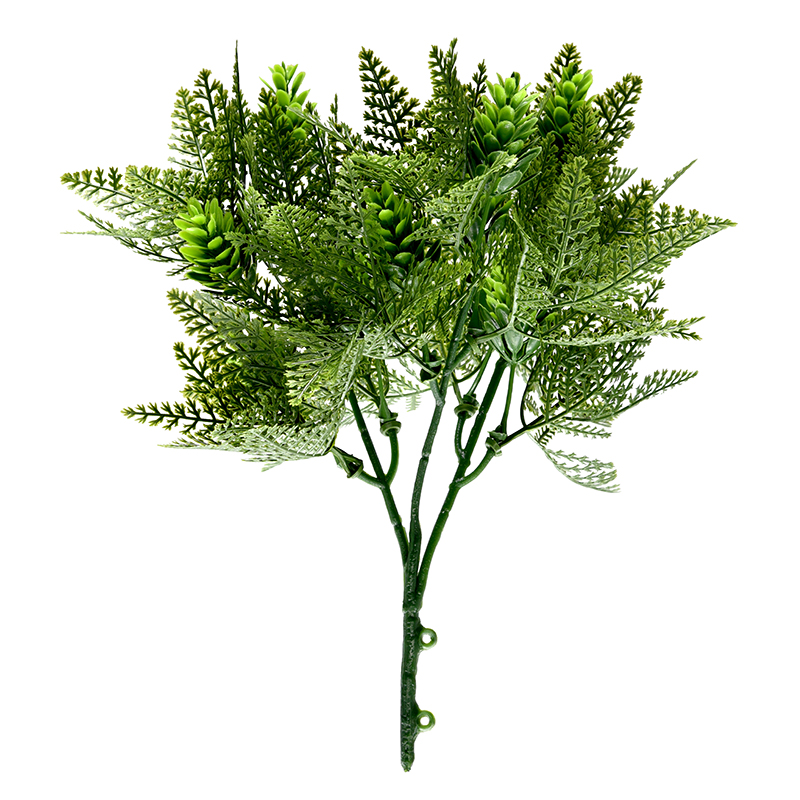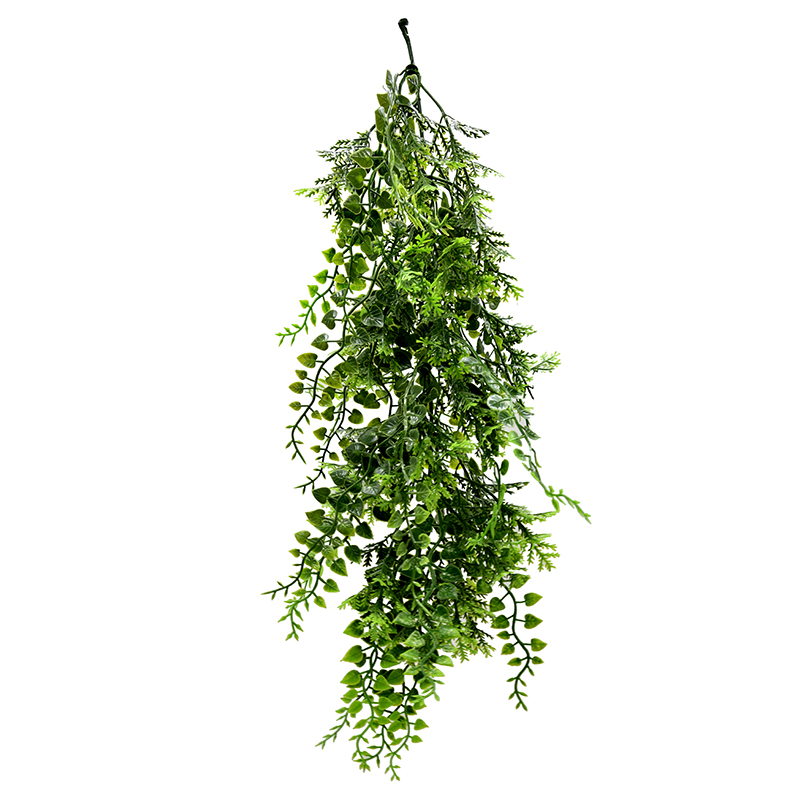What Are Fake Plants Made Of? A Clear Explanation
 2025 02 17
2025 02 17Fake plants have revolutionized the concept of greenery, often leaving even the keenest observers wondering about their authenticity. The lifelike leaves and realistic stems are no longer limited to nature but result from precise design and advanced materials.
So, what are fake plants made of that makes them so convincing? With extensive expertise in crafting long-lasting artificial greenery, here’s an inside look into the components and craftsmanship behind today’s most realistic fake plants.
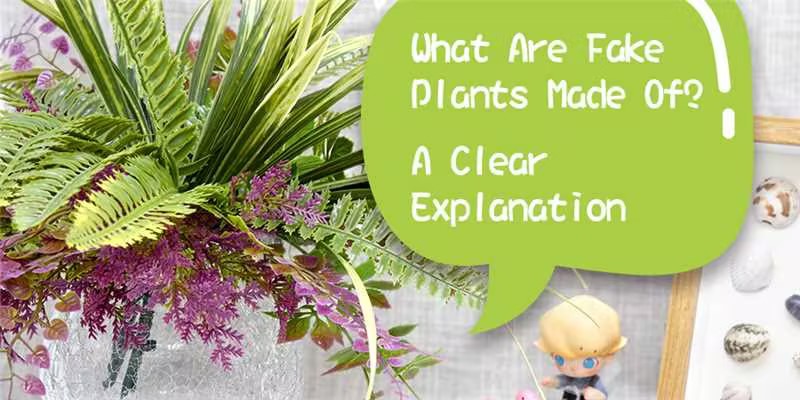
What Are Fake Plants?
Fake plants, also known as artificial plants, permanent botanicals, synthetic plants, imitation plants, replica plants, or plastic plants, are durable and realistic decorative elements commonly used in homes, offices, and public spaces.
Their appeal lies in their minimal maintenance requirements and ability to thrive in conditions unsuitable for live plants, such as low-light areas or extreme temperatures. Without the need for watering or fertilizing, fake plants offer a practical and economical alternative to live greenery. Available in various forms, sizes, and colors, they provide a natural aesthetic without the challenges associated with maintaining real plants.
What Are Fake Plants Made of?
Fake plants are made from a variety of materials designed to replicate the look and feel of real plants. These materials are chosen for their durability, appearance, and ability to mimic natural features, making them a versatile choice for indoor and outdoor settings. The most common materials include synthetic plastics, fabrics, metals, and natural components, each contributing to the plant’s overall structure and realism.
Plastics
Plastics are a primary material in the production of artificial plants, offering flexibility, durability, and weather resistance.
- Polyethylene (PE): This plastic is widely used for leaves and stems due to its lightweight nature and realistic texture. It provides a soft, flexible structure that mimics the pliability of natural foliage.
- Polyvinyl Chloride (PVC): Known for its strength and longevity, PVC is often used in lower-cost artificial plants. However, its texture can be less lifelike compared to other materials.
- Polypropylene (PP): This rigid plastic is typically used for structural parts, such as the base of stems or support components, ensuring stability and shape retention.
Fabrics
Fabrics add a softer, more natural appearance to fake plants.
- Polyester: This is one of the most commonly used fabrics in faux Polyester is highly versatile and can hold dyes well, allowing for detailed coloration and realistic patterns on leaves and petals.
- Silk: Used in high-end artificial plants, silk creates a lifelike texture and sheen, closely resembling natural leaves and flowers. Despite its delicate appearance, silk-based plants are crafted to be durable and long-lasting.
Metal
Metal components provide strength and flexibility, forming the structural framework of fake plants.
- Wire Wires: Thin metal wires are often embedded within stems and branches to maintain shape and enable adjustments. This feature allows users to reposition leaves and stems for a more natural look.
Foam
Foam materials are frequently used for certain types of plants, such as succulents, cacti, or fruits, to replicate soft textures and intricate details. Foam can be easily shaped and painted, making it an ideal choice for creating unique plant elements.
Natural Materials
Some fake plants incorporate natural components to enhance authenticity.
- Wood and Bamboo: Real wood or bamboo is often used for tree trunks and stems, particularly in larger artificial plants. These natural elements provide an organic touch to the design.
- Dried Moss: This material is sometimes added around the base or pot to create a more realistic and finished appearance.
How Are Fake Plants Made?
The manufacturing process for fake plants varies depending on the design and materials, but the foundation is rooted in meticulous planning and skilled craftsmanship. The process begins with professional designers studying natural plants in detail, examining their intricate features and unique characteristics to guide the creation of lifelike replicas.
Below is an overview of the key steps involved:
Design and Mold Creation
The first step often involves mold-making. Artisans select natural plant samples to serve as the basis for molds that capture the shape and texture of each component. For plastic plants, the injection molding technique is employed, where heated materials are injected into molds to form the individual parts of the plant.
Detail Application
Once the components are shaped, skilled painters add color, often starting at the edges and blending toward the center. This step enhances the lifelike appearance of the fake plant.
Assembly and Quality Control
The final stage involves assembling the individual leaves, stems, and branches. These parts are often secured with wires for stability and flexibility. While much of the process is automated, skilled professionals oversee assembly, ensuring each plant meets quality standards. Adjustments are made where necessary to maintain a high level of craftsmanship.
How Modern Technology Has Transformed Fake Plant Manufacturing
Advancements in technology have revolutionized the production of fake plants, resulting in products that are more realistic, durable, and versatile.
Here are some examples of how technology has altered the process:
Advanced Materials
Innovations in materials science have introduced high-quality plastics and fabrics that closely replicate the appearance and texture of real plants. These materials enhance the authenticity and durability of fake plants.
Computer-Aided Design (CAD)
CAD software facilitates the creation of detailed digital models before production, ensuring precision and accuracy in every design.This reduces errors and streamlines the manufacturing process.
3D Printing
3D printing enables the creation of intricate and precise plant structures that were previously unattainable with traditional methods. This technology allows for greater customization and fine detail in design.
Realistic Textures
Advances in textile manufacturing have resulted in fabrics that mimic the look and feel of natural leaves, petals, and stems, enhancing the lifelike quality of faux plants.
UV Resistance
New UV-resistant coatings protect faceplants from sunlight, preserving their vibrant colors over time. Additionally, anti-UV particles, mixed directly into raw materials during production, provide enhanced durability. Unlike coatings, these particles ensure long-lasting protection against fading from wind, rain, and other environmental factors, extending the lifespan of artificial outdoor plants in harsh conditions.
Fire Retardancy
Technological advancements have led to the development of fakeplants treated with fire-retardant chemicals. These products reduce fire risks by being less likely to ignite or spread flames, making them safer for various applications.
Types of Fake Plants
Fake plants offer a range of styles, shapes, and functions suitable for various settings.
Below is an overview of popular types to help select the most suitable option:
Artificial Trees
Artificial trees, such as ficus, bamboo, and palm, provide a commanding presence and are often used to enhance indoor or outdoor environments. These are available in various heights and are designed to mimic the structure and texture of real trees.
Artificial Flowers
For vibrant, colorful accents, artificial flowers offer an array of choices. They maintain their fresh appearance regardless of the season, making them perfect for homes, offices, and event decorations.
Artificial Potted Plants
Smaller artificial potted plants, such as succulents, cacti, and herbs, provide decorative accents for desks, countertops, and shelves. These compact options are lightweight and easy to position.
Artificial Wall Panels
These are pre-assembled panels designed for vertical installations. They are often used to create lush, seamless greenery on walls, providing a long-lasting, maintenance-free alternative to living walls.
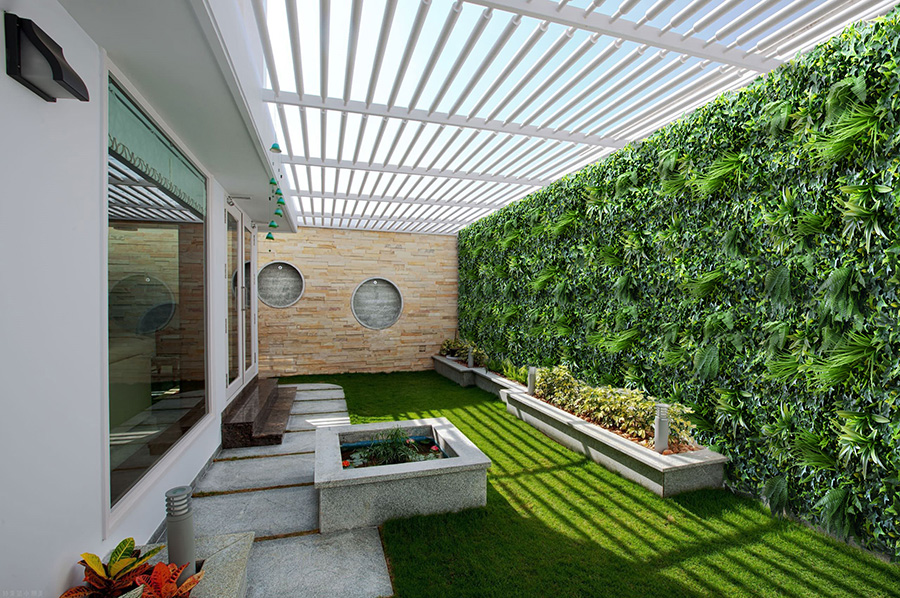
Artificial Hanging Plants
Hanging plants like faux ivy and ferns replicate cascading greenery, perfect for wall-mounted planters or ceiling installations. These are often chosen for spaces where natural light is limited.
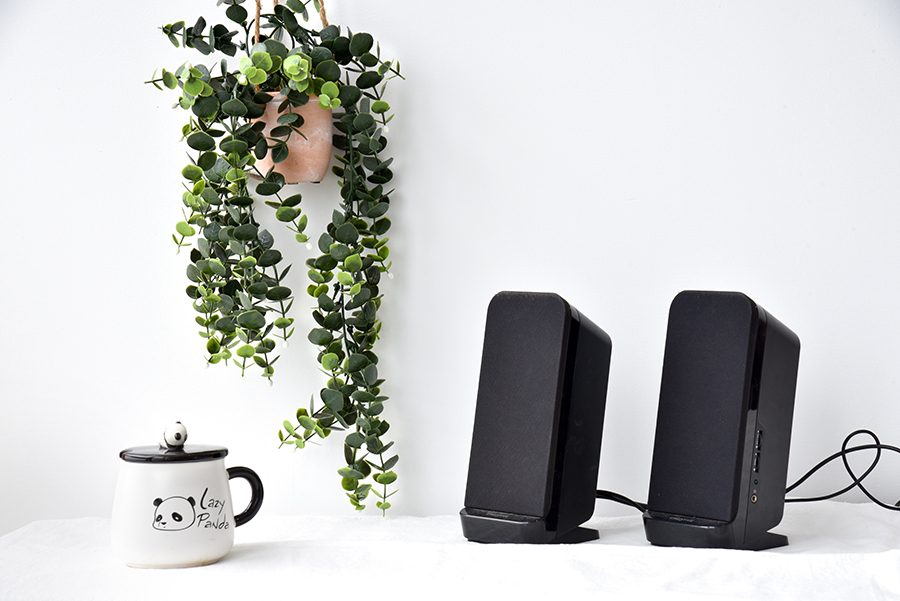
Artificial Topiaries
Topiaries are shaped fake plants, commonly used for decorative landscaping. They are available in geometric shapes, animals, or custom designs, making them suitable for both formal and playful environments.
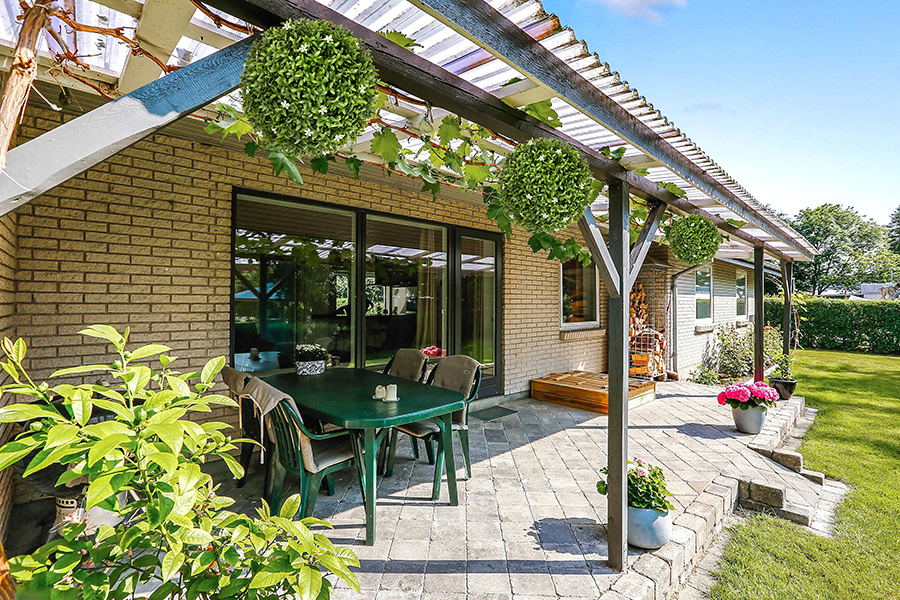
Artificial Grass
Artificial grass, also known as synthetic turf, has become a popular alternative to natural grass for landscaping and sports applications. It provides a consistent, visually appealing surface for gardens, playgrounds, and athletic fields. Engineered to endure heavy use and diverse weather conditions, it ensures reliable performance in residential, commercial, and athletic environments.
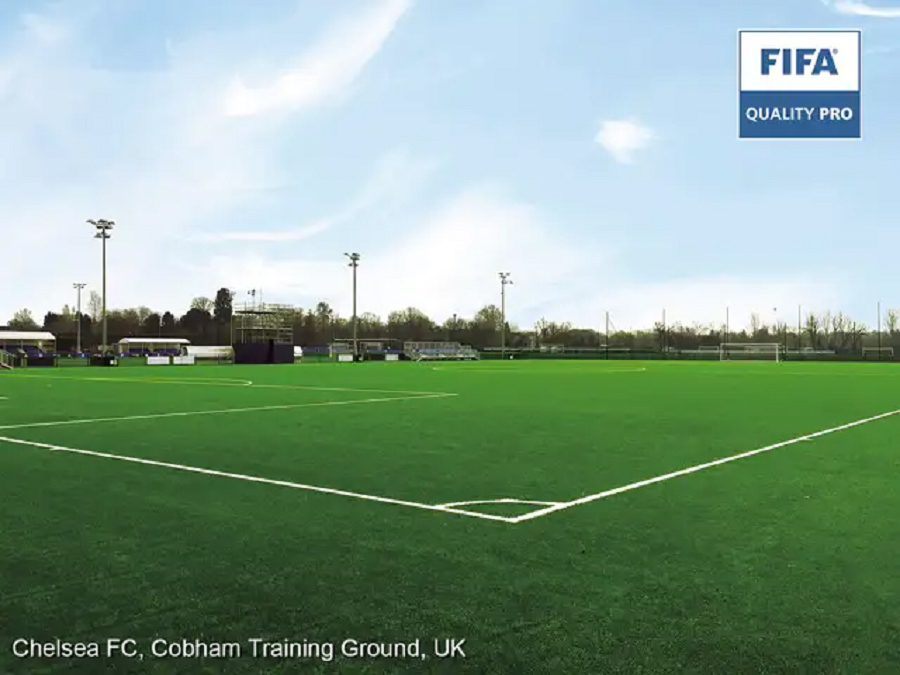
(Source: CCGrass)
Conclusion
So what are fake plants made of?
These realistic replicas are created from a combination of materials, skill, and creativity. The beauty of fake plants lies not only in their materials but in the artistry and craftsmanship involved in their creation.
So, the next time you come across one, remember there’s more than meets the eye – it’s a product of history and innovation.
